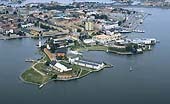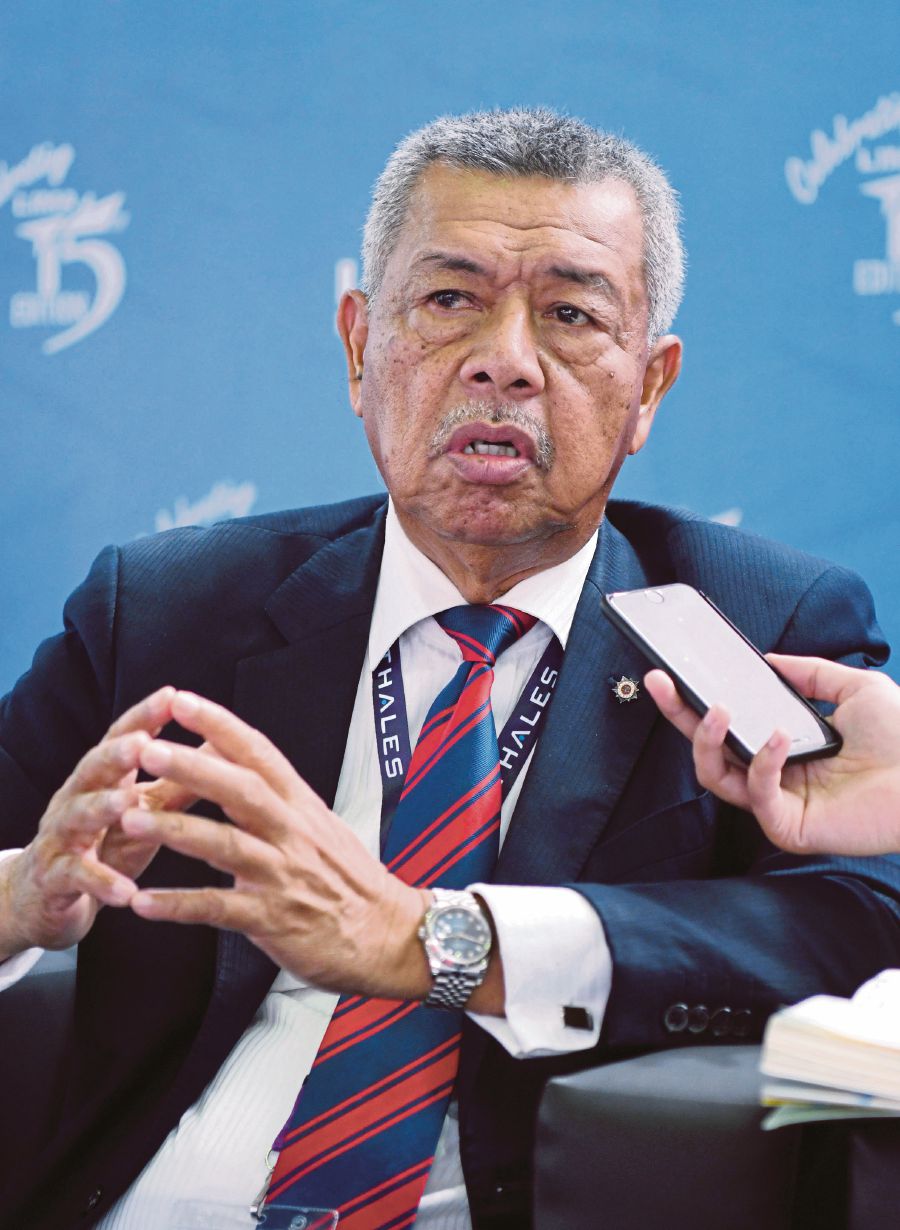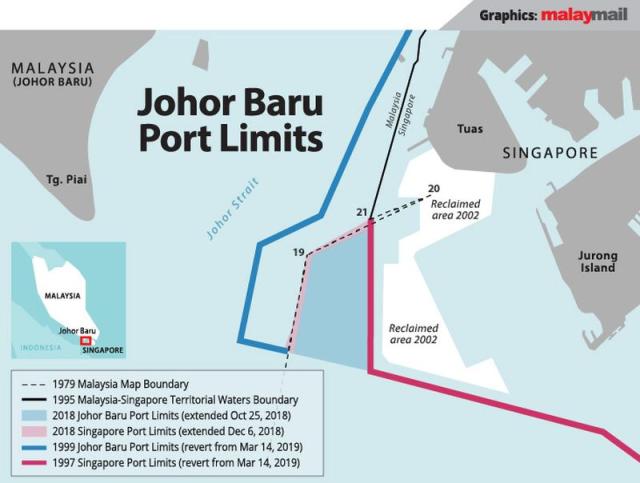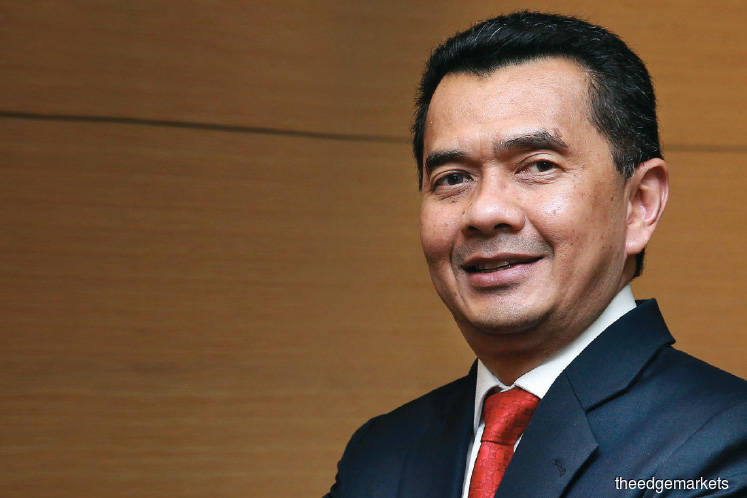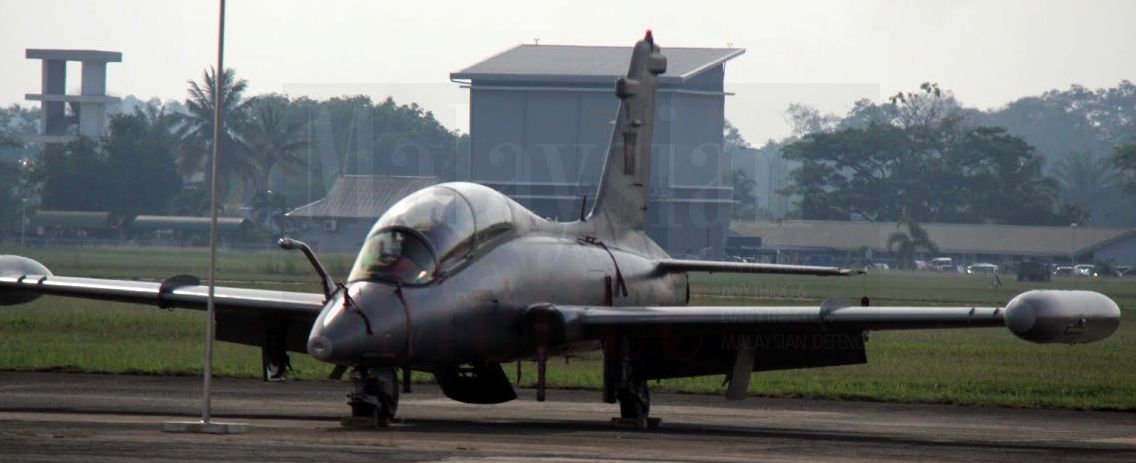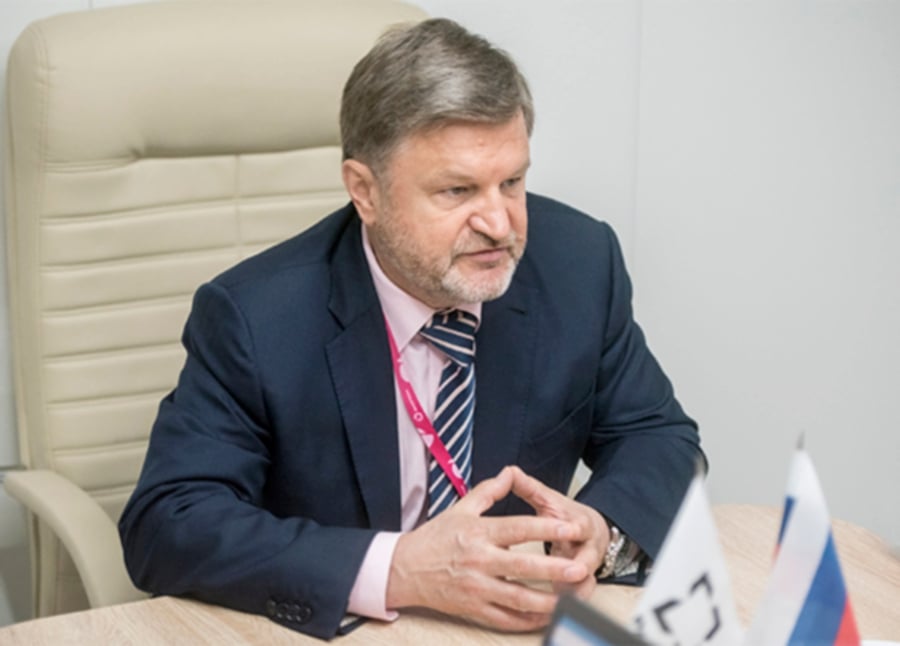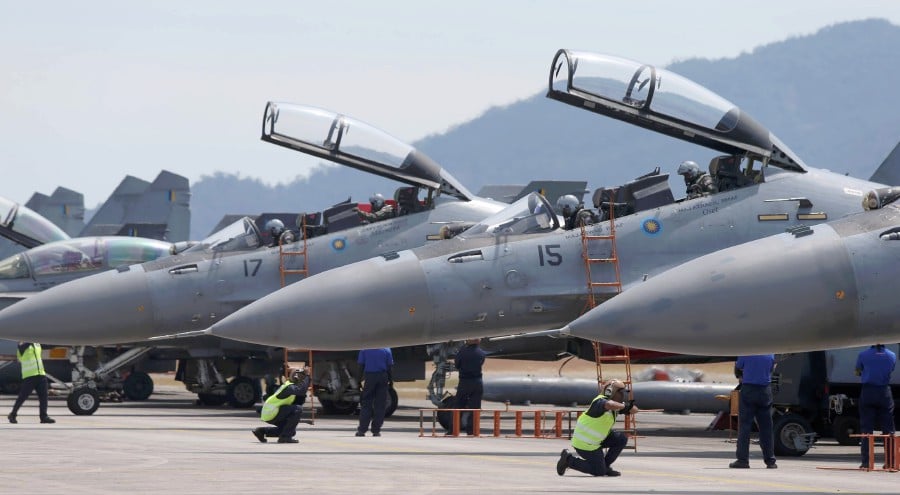With AI and self-charging capabilities and customisable to boot, the newly launched Venus drone is receiving notable attention, writes Nur Zarina Othman
AS unmanned aerial vehicle technology improves, more and more recreational drones are making their way into the market. Drones are popular because of their photography capability, making aerial and a bird’s eye view images possible.
Making its debut at the Langkawi International Maritime and Aerospace Exhibition (Lima) in 2017, Venus 1.0 (Venus) is a fully autonomous drone with a 24/7 flight and self-charging battery capability.
It was invented by four young men with a passion for aviation and aerospace technology. The drone was on “stealth” mode for two years prior to its debut but now FourFang, the company which developed it, is ready to take on the world.
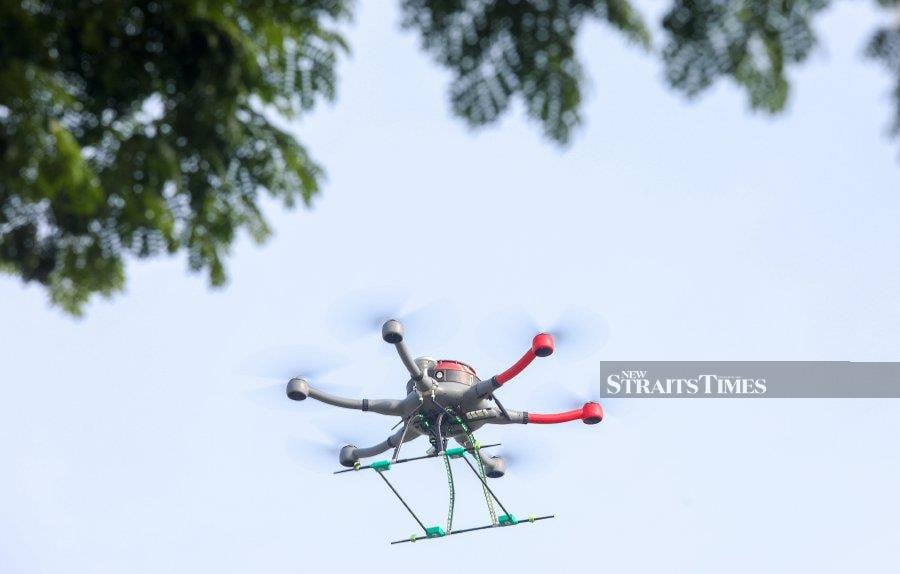
FourFang Malaysia chief executive officer Dr Lee Shian said that for two years, the team’s only aim was to create a prototype for its first public appearance in Langkawi.
“We developed the concept and built the prototype in two years but at the time Venus debuted at Lima 2017, we were still not ready with the complete concept.
Continues Lee, “It took us another two years to perfect the algorithm for Venus and finally launch it for the consumer market this year.”
SELF-MAINTENANCE
The Venus 1.0 has the capability to maintain itself. The battery pack can last, on average, for a half-hour flight each time, but FourFang promises a 24/7 flight capability.
The Venus 1.0 has the capability to maintain itself. The battery pack can last, on average, for a half-hour flight each time, but FourFang promises a 24/7 flight capability.
“The key is in its docking station,” explains Alfred Koh, co-founder and chief operations officer of FourFang.
He says Venus is not just a drone. Venus 1.0 consists of one unit of drone and its docking station. The docking station charges eight battery packs simultaneously.
“The station has eight charging docks and comes with voltage detector. Venus will return to the docking station to recharge automatically.
ALL-WEATHER DRONE
All FourFang co-founders are in a league of their own and the team’s main designer, Eric Ta Yet, has made Venus not only sturdy but also a drone that can withstand the weather. Designed to be weather-proof, the drone has survived various testing.
All FourFang co-founders are in a league of their own and the team’s main designer, Eric Ta Yet, has made Venus not only sturdy but also a drone that can withstand the weather. Designed to be weather-proof, the drone has survived various testing.
It has also undergone electrical tests. “I am in charge of all mechanical functions of Venus and its docking platform, making sure all work perfectly,” says Ta, a Purdue University graduate.
Being weatherproof is not the only asset. Venus can also reach amazing altitudes.
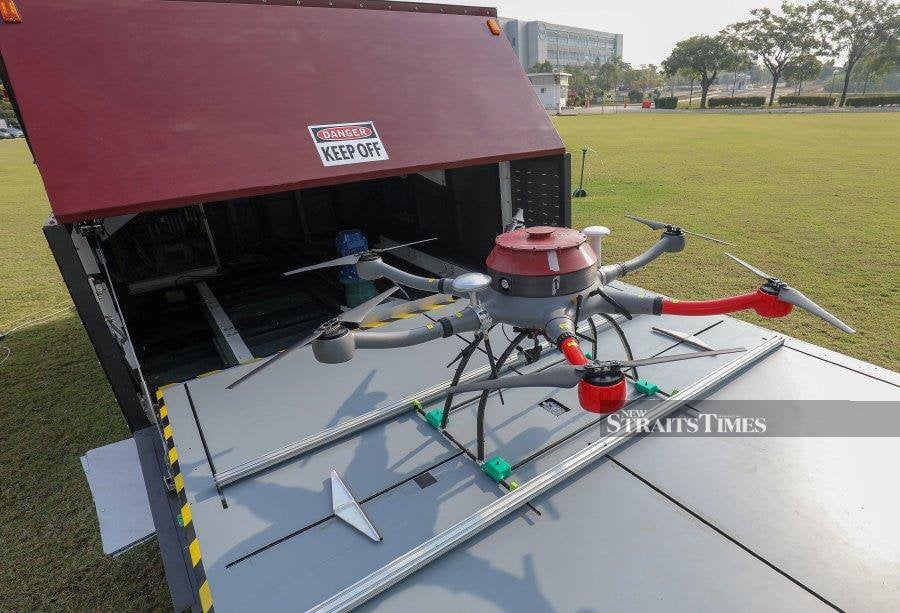
Venus at its docking station.
“Venus can go up to three kilometres high and the battery is also strong enough.”
Ta adds that being an intelligent drone, it can sense extreme weather and choose to return to its docking station, which is also waterproof.
This, Ta says, is also part of its safety precaution measures because Venus is not a palm-sized drone.
In extremely rough weather, it can pose a danger to others if it crashes.
DATA TRANSFER
During a thunderstorm, for instance, Venus will be in resting mode but it never rests.
During a thunderstorm, for instance, Venus will be in resting mode but it never rests.
At this time, it will backup all data to cloud storage.
The postgraduate Aerospace, Aeronautical and Astronautical Engineering holder from Nanyang Technological University says Venus can provide real-time data insights on the location of items.
Since it can fly 24/7 without assistance, it is not only efficient at ports for tracking containers. It also offers lean and on-time industrial operations.
“Tracking and tracing missing or wrongly parked containers can be solved with Venus.
“It is programmed to collect details and update the database where it helps not only in identifying but also solving problems for clients,” says Lee.
EXTENDED POWER
The FourFang team took two years from the conceptual design phase to produce the battery pack.
The FourFang team took two years from the conceptual design phase to produce the battery pack.
“We referred a lot to Tesla’s design when developing the battery packs,” says Lee.
Maximising the power of a lithium-on battery of 18650 format as used by Tesla, Lee and his team managed to generate enough power to fly Venus.
“We can get a lot of energy from the battery cells. Although it is a common battery cell in laptops, the battery we developed is unique to Venus. We place the batteries together in a series and parallel to maximise usage and meet the power requirement of the motor,” says Lee.
Ta adds that the only way to make the whole solution work is by making their own battery. “If we don’t create our own battery pack, it will be impossible to fit the docking station.
“We also have thermal management of the lithium-ion battery packs, so it is better to create with everything in mind rather than build something and work around it,” explains Lee.
AI AND CLOUD
FourFang has 15 engineers — mechanical, electronic and electrical as well as mechatronics — making and developing not only Venus but also FourFang’s other product line-up, such as Veto (vertical take-off and landing fixed wing), Terra (hydergen fuel powered drone) and a quad-propeller semi pro camera drone, all running on their own Artificial Intelligence system.
FourFang has 15 engineers — mechanical, electronic and electrical as well as mechatronics — making and developing not only Venus but also FourFang’s other product line-up, such as Veto (vertical take-off and landing fixed wing), Terra (hydergen fuel powered drone) and a quad-propeller semi pro camera drone, all running on their own Artificial Intelligence system.
What makes Venus different from the rest of the other drones for commercial usage is the AI capability.
“We only use ‘parts’ that we developed ourselves and one of them is the AI component.
“No client has an identical system because we will develop algorithms based on specific requirements they (the customers) need,” explains chief digital officer Dr Lee Hsu Chew.
He is the person behind the complicated brain of Venus. Capable of identifying multiple entries at once in a single frame, Venus offers leading technology for the commercial-consumer market.
“We handle big data because with it, more AI training can happen. Depending on what the clients want — facial recognition, tracing or (and) location detection — all can be done with the algorithm change,” says Lee, adding that the technology is not limited to AI but machine and deep learning too.
MANAGING THREATS AND SERVICES
All connected technology is at risk of cybersecurity threats. As an automated, fully-automated drone powered by AI, Venus is exposed to such threats.
All connected technology is at risk of cybersecurity threats. As an automated, fully-automated drone powered by AI, Venus is exposed to such threats.
As part of the safety mechanism for Venus, FourFang to apply a cloud-based database system for the same reason most conglomerates such as AliBaba use it.
“Venus’ database is stored on a cloud based system and since it is not operating on remote control frequency, we make it safe from hijacking intent too,” says Lee.
Buying a drone can be expensive, let alone one with technology capabilities such as Venus.
“Venus is a custom-made product developed based on the industry it will be servicing. We make the drone according to requirements and the baseline cost for developing it is set at RM50,000 per unit.
“It can go up to millions of ringgit depending on requirements and many are not willing to purchase, manage and maintain such high-tech devices on their own. More clients are asking to pay monthly fees for Venus’ services, but the database is solely owned by the client,” adds Lee.
With the drone industry getting bigger, drones for commercial use are expected to flourish. And this is where FourFang intends to leave its mark in the industry — in cybersecurity, big data, AI and hardware skills.
